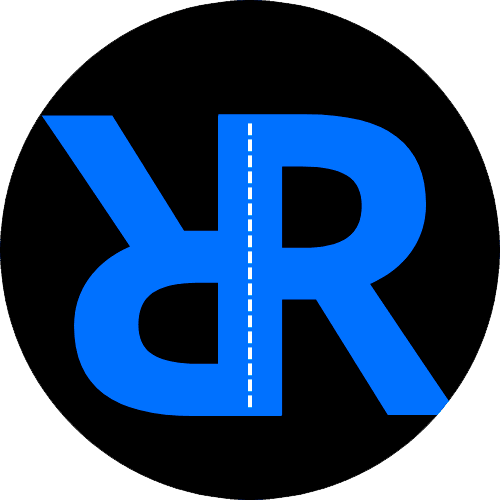SAP Transaction WW31: A Complete Guide for SAP Users
Welcome to our tutorial on SAP transaction WW31, a transaction code used in SAP Materials Management (MM) module. In this tutorial, we will provide you with a step-by-step guide on how to effectively use WW31 to manage material documents in your SAP system. Whether you are a novice SAP user or an experienced consultant looking for a refresher, this tutorial will equip you with the necessary knowledge to navigate through WW31 seamlessly.
Before we dive into the details, we would like to introduce you to a valuable resource that can enhance your SAP MM skills and help you become an expert in the field. Check out the SAP MM online video training offered by our expert SAP MM consultant, available at roadtoexpert.com. This comprehensive training program will provide you with in-depth knowledge and practical insights to boost your proficiency in SAP MM and accelerate your career growth.
Now, let’s begin our tutorial on using SAP transaction WW31.
What is SAP Transaction WW31?
SAP Transaction WW31 is a transaction code used in SAP MM to perform specific tasks related to material management. It allows users to perform various operations such as creating, changing, and displaying material documents. With WW31, you can efficiently manage material-related processes and ensure accurate inventory control and tracking.
Step 1: Accessing SAP Transaction WW31
To start using WW31, follow these steps:
- Log in to your SAP system using your user ID and password.
- Launch the SAP Easy Access Menu.
- Navigate to the “Logistics” folder and expand it.
- Locate and click on the “Materials Management” folder.
- From the sub-menu, select “Material Documents”.
- Next, choose “Display Material Document” and enter the document number to proceed to the WW31 transaction.
Step 2: Understanding WW31 Transaction Screen
Once you have accessed WW31, you will encounter the WW31 transaction screen, which consists of various fields and tabs. Let’s explore each of them:
- Header Data: This section contains general information about the material document, such as document type, posting date, and document date.
- Item Overview: Here, you can view and manage the line items of the material document. Each line item represents a particular material and its associated quantity.
- Document Overview: This tab provides an overview of the entire material document, including its header and item details.
- Accounting: The accounting tab displays the accounting-related information for the material document, such as the general ledger (G/L) accounts and cost centers involved.
- Custom Fields: In this tab, you can find any additional custom fields specific to your organization’s requirements.
- Status: The status tab shows the current status of the material document, indicating whether it is saved, posted, or reversed.
Step 3: Viewing Material Documents with WW31
One of the primary tasks you can perform using WW31 is viewing material documents. This allows you to review past transactions and track the movement of materials. Here’s how you can view material documents with WW31:
- Start by entering the document number in the “Document Number” field on the WW31 transaction screen.
- Click on the “Execute” button to display the material document.
- You can now view the material document details, including header data, item overview, accounting information, custom fields, and status.
By following these steps, you can easily view material documents using SAP transaction WW31.
Step 4: Changing Material Documents with WW31
Another important functionality of WW31 is the ability to change existing material documents. You can edit fields such as quantity, storage location, or other relevant details. Here’s how you can change material documents with WW31:
- Start by entering the document number in the “Document Number” field on the WW31 transaction screen.
- Click on the “Change” button to edit the material document.
- Update the necessary fields in the header data, item overview, or any other relevant tabs.
- Once you have made the desired changes, click on the “Save” button to save the updated material document.
By following these steps, you can easily change material documents using SAP transaction WW31.
Conclusion
In this tutorial, we have provided you with a comprehensive guide on using SAP transaction WW31 in the SAP MM module. We covered the basics of WW31, explained how to view and change material documents. Remember, continuous learning and practice are key to becoming proficient in SAP MM.
To further enhance your skills in SAP MM, we highly recommend our SAP MM online video training, designed by our expert SAP MM consultant. This training program offers comprehensive modules and hands-on exercises to help you become an SAP MM expert. Visit roadtoexpert.com to learn more and take your SAP MM skills to new heights.
